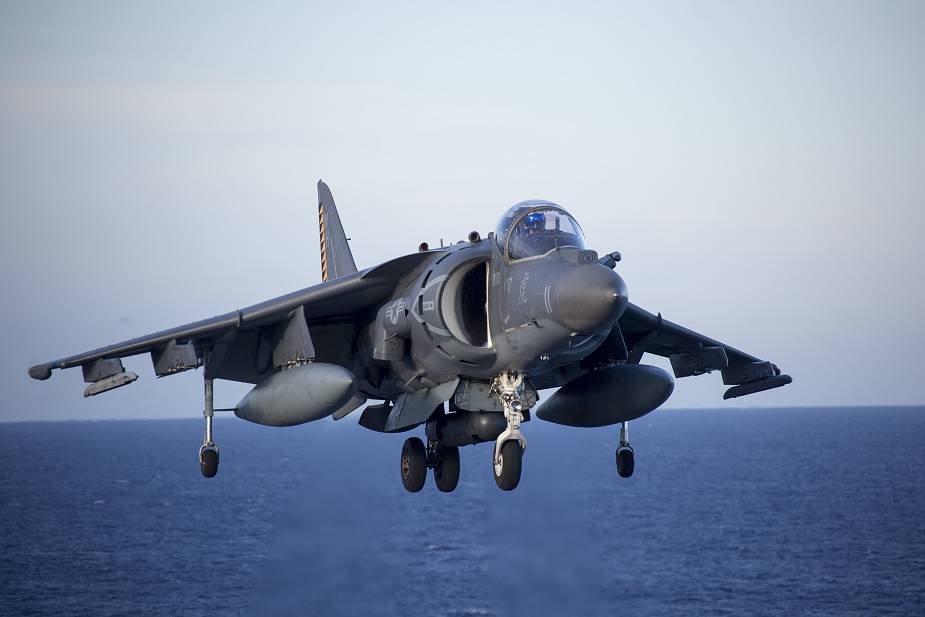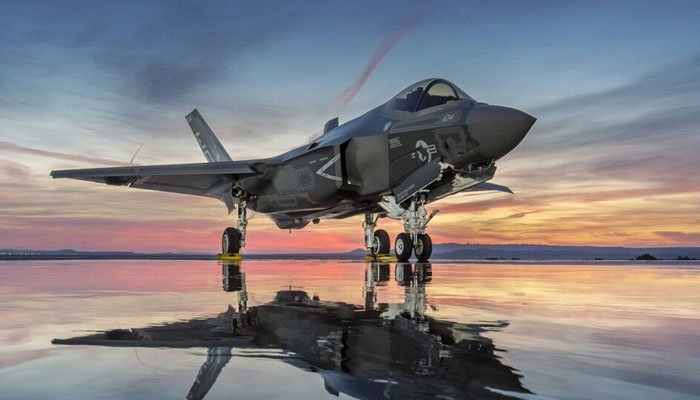The Evolution & Power of VTOL Fighter Jets
VTOL (Vertical Takeoff and Landing) aircraft have transformed military aviation by offering unmatched flexibility and survivability. In many combat scenarios, long runways are either unavailable or under threat. Following World War II, military strategists quickly realized that jets capable of launching without traditional runways could be deployed closer to the front lines and remain operational even if airbases were compromised. This need led to the development of VTOL technology, which allows aircraft to hover and ascend vertically by directing thrust downward before transitioning to forward flight.
While helicopters can achieve vertical lift, they fall short in speed, stealth, and payload. VTOL jets solve this limitation by combining the vertical capabilities of helicopters with the power and performance of fighter aircraft. One of the earliest successes in this category was the Harrier “Jump Jet,” a groundbreaking innovation that opened the door for today’s advanced vertical fighters.
F-35B Lightning II: The Modern VTOL Marvel

The F-35B Lightning II, developed by Lockheed Martin, is currently the most advanced VTOL fighter jet in service. As a variant of the F-35 family, the F-35B stands apart due to its Short Takeoff and Vertical Landing (STOVL) capabilities. These features make it ideal for Marine Corps operations in tight or temporary spaces, such as beachheads or mobile forward bases.
To enable vertical flight, the F-35B uses a sophisticated lift system from Rolls-Royce. A vertically mounted lift fan behind the cockpit works in tandem with a three-bearing swivel nozzle at the rear. Together, they create 40,000 pounds of lift. The transition from vertical to horizontal flight is almost entirely automated — with a simple button press, the system activates vents, engages the lift fan, and shifts control to the onboard computer. Not only does this make the F-35B incredibly efficient in diverse environments, but it also dramatically reduces pilot workload.
Beyond its flight mechanics, the F-35B features stealth technology, supersonic speeds exceeding 1,000 mph, and integrated sensor fusion that delivers a 360-degree real-time view of the battlefield. This combination of performance and versatility cements the F-35B’s place as the most capable VTOL aircraft currently in operation.
AV-8B Harrier II: The Veteran Jump Jet

Before the F-35B, the AV-8B Harrier II served as the U.S. military’s primary VTOL jet. Born from a collaboration between McDonnell Douglas and British Aerospace in the 1980s, this aircraft was an upgraded version of the original Harrier. It featured digital avionics, composite materials, and a more powerful Pegasus turbofan engine for improved performance.
Unlike the F-35B’s lift fan system, the Harrier II used four rotating nozzles to direct engine thrust downward or rearward. Pilots managed these nozzles manually, requiring significant skill, especially during hovering and landing. To assist with stability, smaller reaction jets located at the nose, tail, and wingtips made minute adjustments in midair.
Despite its innovations, the Harrier II had a reputation for being dangerous and complex. It was so accident-prone that it earned the nickname “Widowmaker” after numerous pilot fatalities. Even so, it remained active in U.S. service for over 40 years. Today, about 39 AV-8B units are still flying, though they are gradually being retired in favor of the F-35B — a transition expected to complete by 2027.
Yakovlev Yak-38 Forger: The Soviet Response

While the West advanced VTOL technology, the Soviet Union developed its own alternative — the Yakovlev Yak-38 Forger. Entering service in 1976, the Yak-38 was the USSR’s first operational VTOL fighter. However, it failed to match the success of its Western counterparts. Plagued by poor fuel efficiency, limited range, and minimal payload capacity, it quickly fell out of favor.
Its three-engine design included a single main engine and two vertically mounted lift jets, which added weight and complexity. As a result, the Yak-38 could only operate effectively within a radius of about 60 miles and carry just over 1,300 pounds of ordnance. Due to these constraints, pilots often used it as an STOL jet to conserve fuel and increase payload, sacrificing its core vertical flight benefits.
The Yak-38 was retired in the early 1990s, with no direct successor yet operational. Although Russia explored VTOL development again with the canceled Yak-141 prototype, modern efforts remain in limbo.
Hawker Siddeley Harrier GR.1: The Pioneer

No VTOL discussion is complete without recognizing the Harrier GR.1, the aircraft that proved vertical jet flight was not only possible but also practical. Developed in the late 1950s by Hawker Aircraft as a private project, the Harrier evolved from the P.1127 prototype, which first hovered in 1960. Its success led to the Kestrel testing program with U.K., U.S., and West Germany participation.
The production-ready GR.1 entered Royal Air Force service in 1969. Powered by a Pegasus Mk 101 engine producing 19,000 pounds of thrust, it could perform vertical takeoff under light loads or short takeoff when fully armed. Pilots controlled the thrust direction with a nozzle lever, which demanded precise handling.
Although the GR.1 was subsonic and lacked advanced avionics, it carried up to 5,000 pounds of weapons and was highly effective in low-altitude strikes. Its compact footprint and VTOL design made it ideal for rapid deployment in frontline operations, setting a new standard in combat aviation.








